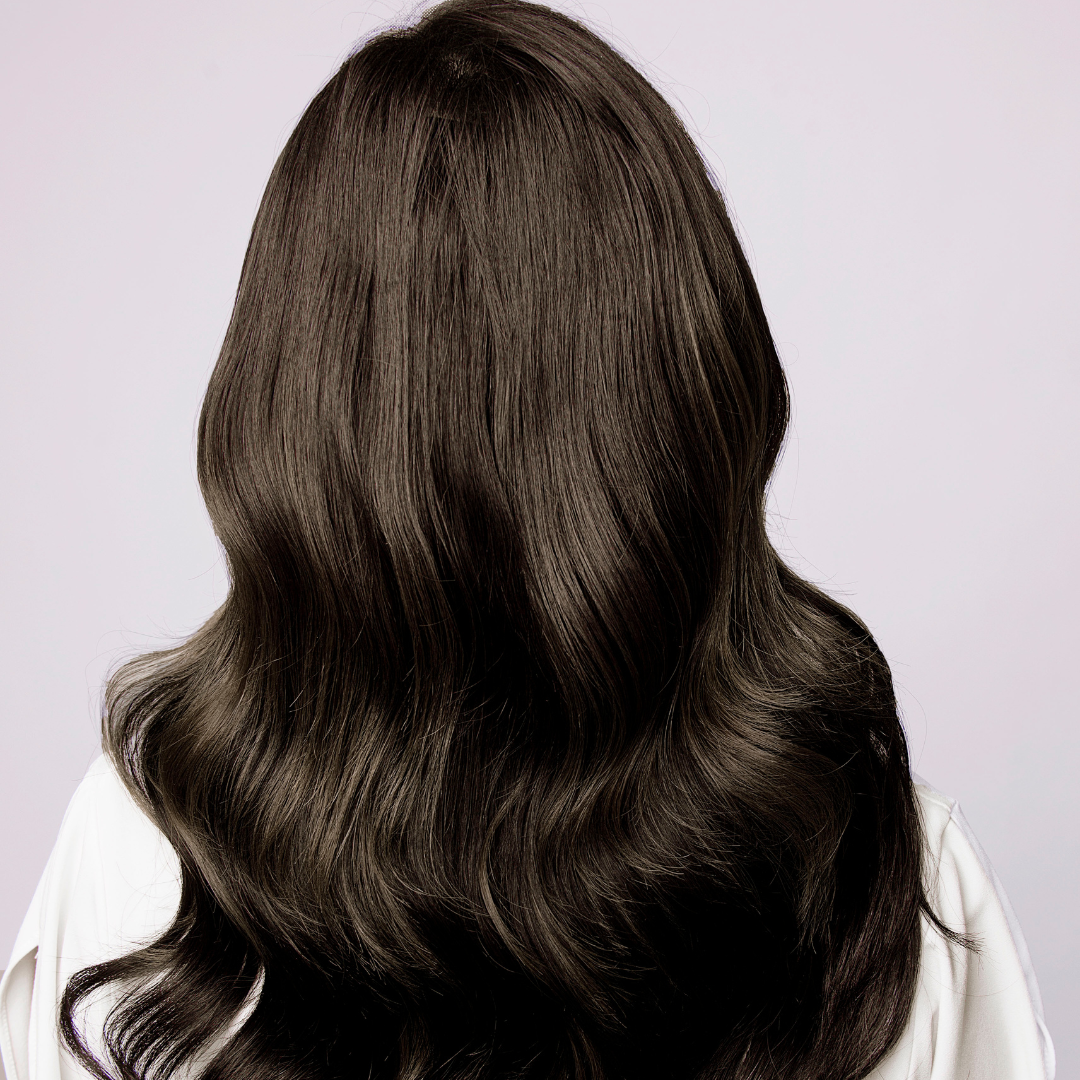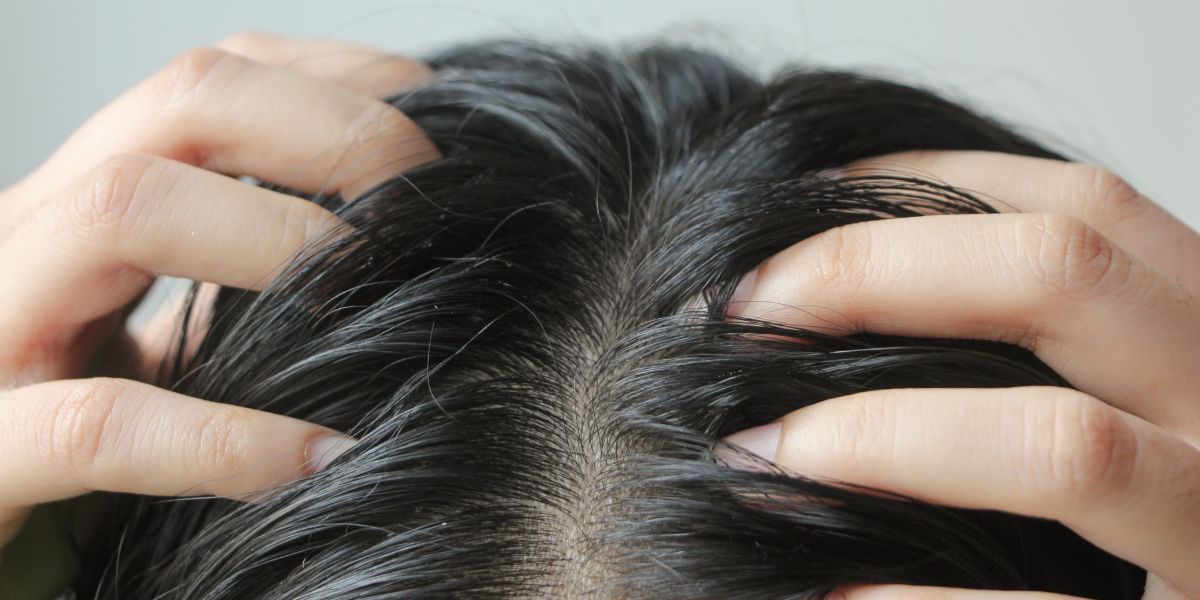Heat and humidity are common environmental stressors that can wreak havoc on your hair, leading to frizz, dryness, and overall damage. Fortunately, with the right hair care products and routine, you can protect your hair from these elements and maintain its health and beauty. In this comprehensive guide, we will explore the best ways to protect your hair from heat and humidity using high-quality hair care products.
Understanding the Impact of Heat and Humidity on Hair
Effects of Heat
Heat can damage your hair in several ways, whether it's from the sun or styling tools like blow dryers, flat irons, and curling irons. Here’s how:
-
Dryness and Brittleness: Heat strips your hair of its natural moisture, making it dry and brittle. This can lead to split ends and breakage.
-
Loss of Elasticity: Overexposure to heat can weaken the hair’s natural elasticity, making it more prone to snapping.
-
Color Fading: UV rays from the sun can cause hair color, especially dyed hair, to fade faster.
Effects of Humidity
Humidity is another major culprit when it comes to hair damage:
-
Frizz: High humidity levels cause hair to absorb moisture from the air, leading to frizz and an unmanageable texture.
-
Swelling and Breakage: Hair shafts swell with moisture in humid conditions, which can weaken the hair and lead to breakage.
-
Loss of Style: Hairstyles often fall flat or become misshapen in humid weather, making it difficult to maintain a polished look.
Best Hair Care Products to Protect Your Hair
Using the right hair care products can make a significant difference in protecting your hair from heat and humidity. Here are some essential products to include in your hair care routine:
1. Heat Protectant Spray
A heat protectant spray is crucial before using any heat styling tools. Look for sprays that contain ingredients like argan oil, which can shield your hair from high temperatures and add moisture.
2. Anti-Frizz Serum
Anti-frizz serums are formulated to smooth the hair cuticle and lock out humidity. Products containing silicone or natural oils like jojoba or coconut oil can be particularly effective.
3. Hydrating Shampoo and Conditioner
Keeping your hair moisturized is key to combating dryness caused by heat. Choose a hydrating shampoo and conditioner that nourish your hair and help retain moisture.
4. Leave-In Conditioner
A leave-in conditioner provides an extra layer of moisture and protection. It’s particularly useful for those with dry or damaged hair, as it helps to maintain hydration throughout the day.
5. Deep Conditioning Treatment
Incorporate a deep conditioning treatment into your routine once a week. These treatments penetrate deeply to repair and hydrate hair, making it more resilient to heat and humidity.
6. UV Protection Spray
UV protection sprays can shield your hair from the damaging effects of the sun’s rays. These sprays are especially useful for color-treated hair, as they help prevent color fading.
Steps to Protect Your Hair from Heat and Humidity
Step 1: Start with a Clean Slate
Begin your hair care routine by washing your hair with a hydrating shampoo and conditioner. This will ensure your hair is clean and moisturized before you expose it to any heat or humidity.
Step 2: Apply a Heat Protectant
Before using any heat styling tools, apply a heat protectant spray to your hair. This will create a barrier that protects your hair from the damaging effects of high temperatures.
Step 3: Use a Leave-In Conditioner
After towel-drying your hair, apply a leave-in conditioner. This will provide additional moisture and protection, making your hair more resilient to heat and humidity.
Step 4: Style with Care
When styling your hair, use heat tools on the lowest effective setting. Avoid over-styling and give your hair regular breaks from heat to prevent damage.
Step 5: Finish with an Anti-Frizz Serum
After styling, apply an anti-frizz serum to lock in moisture and prevent humidity from causing frizz. Focus on the mid-lengths and ends of your hair, where frizz is most likely to occur.
Step 6: Protect from UV Rays
If you’ll be spending time outdoors, apply a UV protection spray to your hair. This will shield your hair from the sun’s damaging rays and help maintain your hair color.
Step 7: Incorporate Deep Conditioning Treatments
Once a week, use a deep conditioning treatment to repair and hydrate your hair. This will help restore any moisture lost due to heat and humidity, keeping your hair healthy and strong.
Additional Tips for Protecting Your Hair
Avoid Over-Washing
Washing your hair too frequently can strip it of natural oils, leading to dryness and increased vulnerability to damage. Aim to wash your hair 2-3 times a week.
Use a Wide-Tooth Comb
When detangling wet hair, use a wide-tooth comb to minimize breakage and reduce stress on your hair.
Sleep on a Silk Pillowcase
Silk pillowcases reduce friction, preventing hair breakage and frizz while you sleep.
Trim Regularly
Regular trims help eliminate split ends and prevent further damage, keeping your hair healthy and strong.
Avoid Tight Hairstyles
Tight hairstyles can cause tension and breakage. Opt for looser styles to minimize stress on your hair.
By incorporating these tips and using high-quality hair care products, you can effectively protect your hair from the damaging effects of heat and humidity. Maintain a consistent hair care routine, and your hair will remain healthy, vibrant, and beautiful no matter the weather.
Frequently Asked Questions (FAQ)
Q1:Why is it important to protect my hair from heat and humidity? A: Heat and humidity can cause significant damage to your hair, leading to dryness, frizz, breakage, and color fading. Protecting your hair helps maintain its health, strength, and overall appearance.
Q2: How does a heat protectant spray work? A: A heat protectant spray forms a barrier over the hair, reducing moisture loss and protecting it from high temperatures. It prevents the hair cuticle from being damaged by heat styling tools, thereby reducing the risk of breakage and split ends.
Q3: Can I use a leave-in conditioner on color-treated hair? A: Yes, leave-in conditioners are generally safe for color-treated hair. They provide extra moisture and protection, helping to maintain the vibrancy of your hair color while keeping it hydrated.
Q4: How often should I apply a deep conditioning treatment? A: For best results, use a deep conditioning treatment once a week. This helps replenish lost moisture, repair damage, and keep your hair healthy and resilient.
Q5: What ingredients should I look for in an anti-frizz serum? A: Look for ingredients like silicone, argan oil, coconut oil, and jojoba oil. These ingredients help to smooth the hair cuticle, lock in moisture, and prevent frizz caused by humidity.
Q6: How can I prevent my hair from becoming frizzy in humid weather? A: To prevent frizz, use an anti-frizz serum and hydrating hair care products. Additionally, opt for hairstyles that minimize exposure to humidity and avoid touching your hair throughout the day.
Q7: Is it necessary to use a UV protection spray for my hair? A: Yes, UV protection sprays help shield your hair from the sun’s damaging rays, preventing dryness, color fading, and overall damage. It’s especially important for those with color-treated hair or prolonged sun exposure.
Q8: How can I reduce heat damage when styling my hair? A: Use heat styling tools on the lowest effective temperature, always apply a heat protectant spray, and avoid over-styling. Give your hair regular breaks from heat to prevent cumulative damage.




